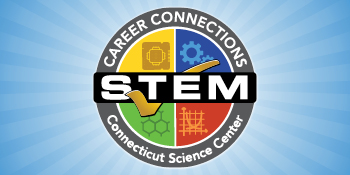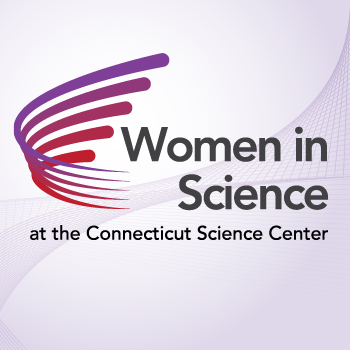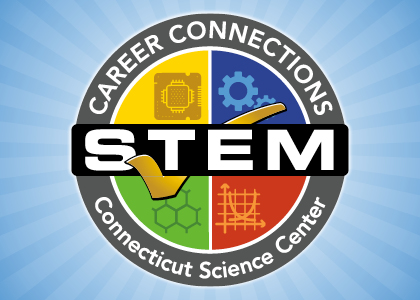This month’s Women in Science Saturday has partnered with the Connecticut Science & Engineering Fair. Four incredibly talented young women will showcase their project achievements. These talented women, Sydney Borst, Sia Reddy, Snigtha Mohanraj, and Maya Chiravuri, took their time to develop an earth-saving or life-saving device. With pollution on the rise and peoples’ health and living conditions on the declining, these four high school students recognize the masses’ struggles. They refuse to be complacent, using their knowledge to spark change and global awareness.
Snigtha Mohanraj took her time to develop a device called Biochar to alleviate the traces of pharmaceutical oil contaminants and even microplastics. She aims to make the device as affordable and environmentally friendly as possible. She also recognizes that many people have already invested in a filter, she makes her filter compatible with other filters. This way, nine percent of the Tylenol in unfiltered water will be suitable for everyday consumption. Mohanraj acknowledges the problems involving water in underdeveloped countries. She aims to fix this with one filter at a time.
Sydney Borst aims her knowledge at diabetes. She hopes to inform and make people aware of the diabetic issues various people face daily. To demonstrate, Borst created an artificial pancreas model that functions like a human biological pancreas. The pancreas works like this; the higher the concentration of baking soda, the higher amount of vinegar needed to balance the solution. She perfected her results by slowing down her makeshift insulin pump. Slowing down the pump resulted in highly accurate results.
Sia Reddy got down to a science when developing her multi-filter system. This filtration system captures pearl-shaped plastic pellets, commonly called nurdles. The nurdles are usually shipped to plastic companies for the making of their plastic products. When they are shipped, many of the pellets end up in the ocean and are digested by marine life. It gets worse; the same nurdles absorb toxins from the water, creating a toxic plastic pearl that should never be anywhere near marine life. Reddy was quick to the drawing board, developing a device that captures 87 percent of these plastic pellets from the ocean. Her project is highly integral to the cleanliness of the earth’s environment.
Maya Chiravuri and her understanding of the human heart recognized in the medical field it is difficult to know if a patient is explicitly suffering from Congestive Heart Failure (CHF). She developed an innovative and universal system that uses an LFIA (Lateral flow immunoassay test, most commonly known as a pregnancy test) kit that allows for reliable detection at concentrations as low as 5,000 picograms per milliliter. A picogram is one trillionth of a gram, meaning it’s tiny and challenging to detect. However, the 5,000 pg/ml concentration measurement is in the range for hospitalized patients. Chiravuri’s method of detecting antibodies showed promising results. Her experiments will prove accurate and practical, a combination that spells success for the medical world.
All the women in science have proven they are more than capable of delivering life changing results when it comes to their contribution on our planets longevity. But it’s not just our planet that needs saving, it’s our hearts and our bodies. It’s imperative we don’t lose sight of our health when pursuing our goals for the environment. It’s lovely to see that the women in science have not, lost sight of this objective; keeping people safe no matter who they are. The Connecticut Science Center is proud to be part of this Science & Engineering Fair.



